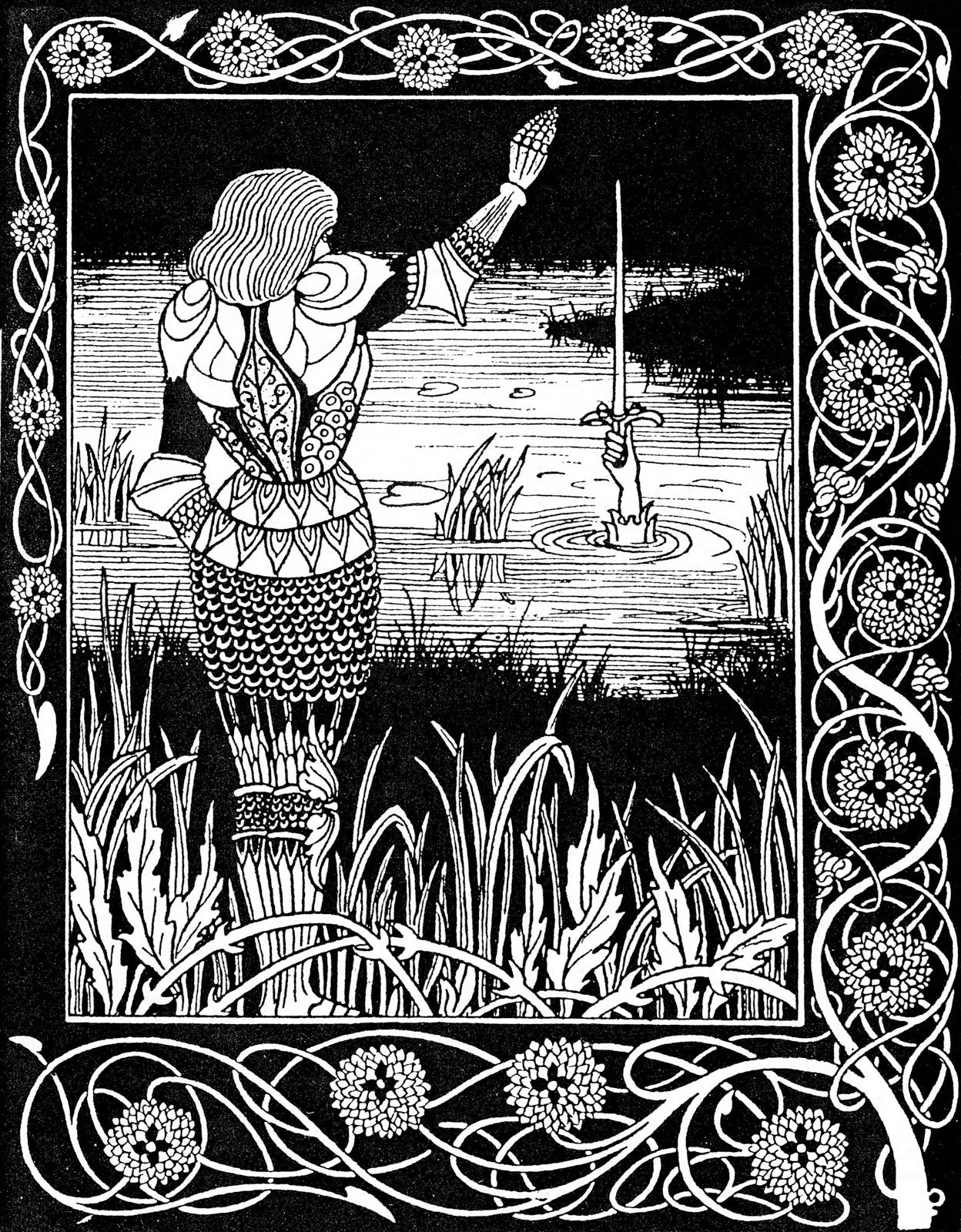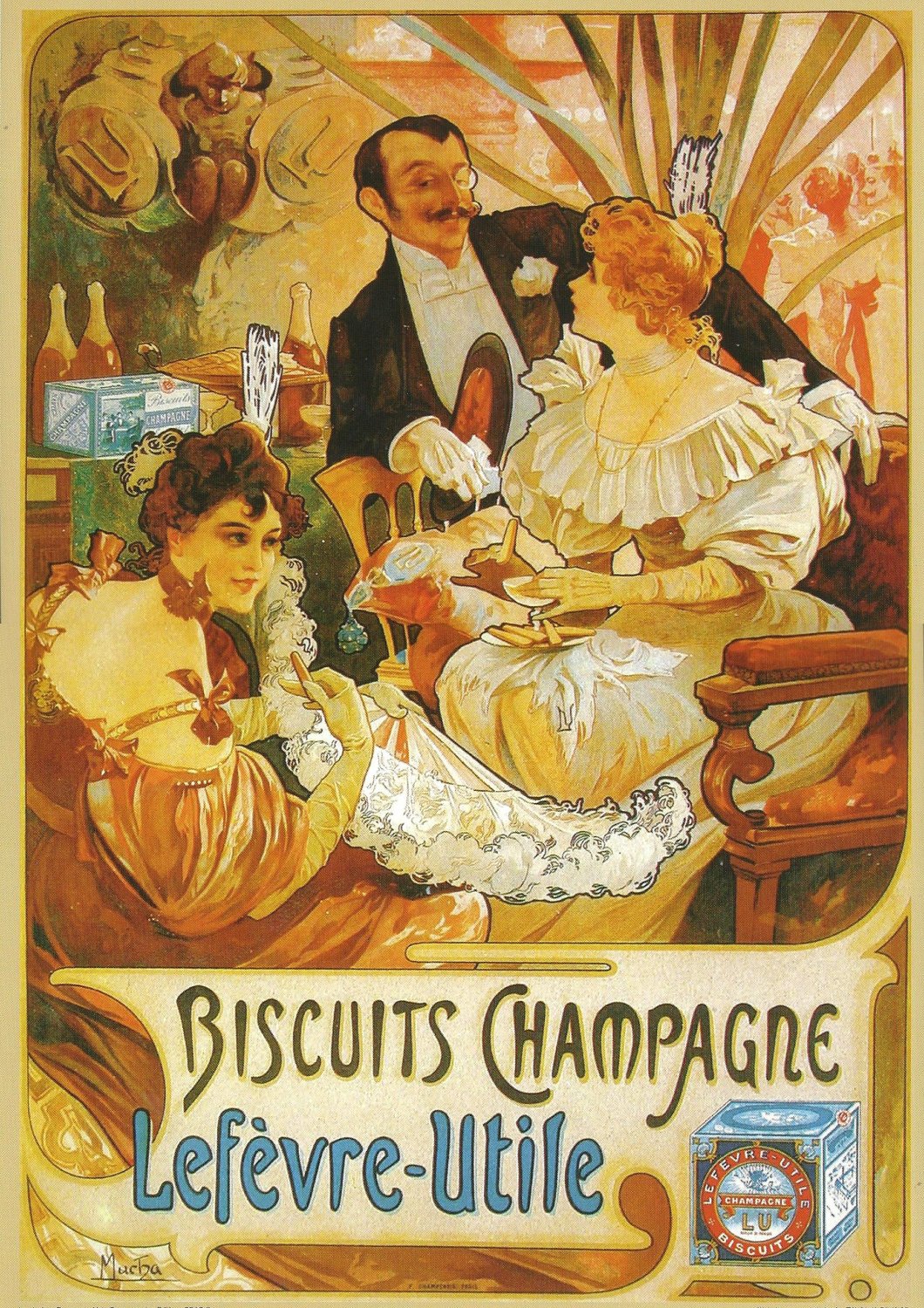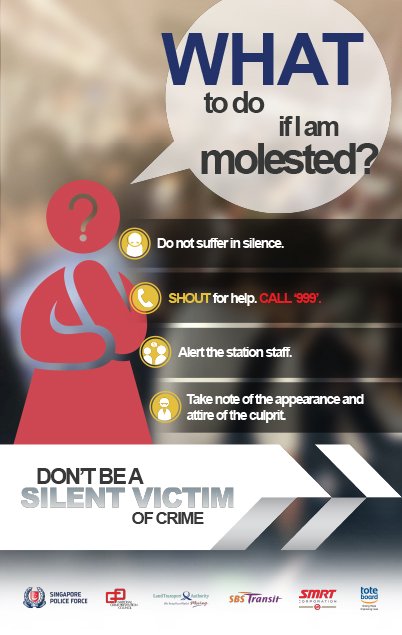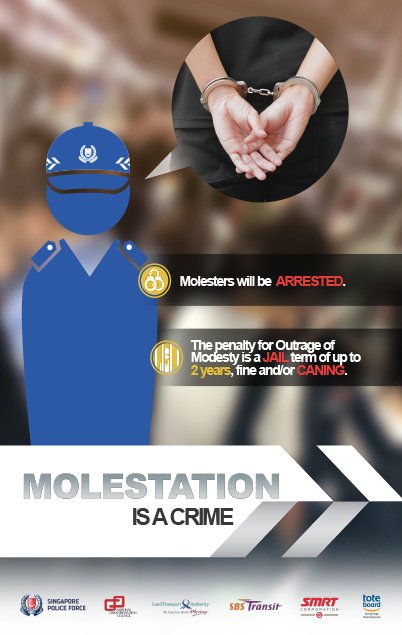
Portfolio
You can view my portfolio through the link below:

Idea
It’s 2020, and despite how the year has been, we can’t deny society’s progression for equal rights although nowhere near perfect. That said, why doesn’t Mother Nature have rights? She’s unable to speak for herself, yet we ignore the fact and take advantage of it. But what if Mother Nature was human?
My idea is to depict Mother Nature twenty first century woman figure in this century, standing up for herself in a nature-filled environment she deserves.
https://www.thejealouscurator.com/blog/2017/07/21/liana-jegers/
https://www.behance.net/seheechae
https://www.dezeen.com/2019/12/31/superflux-mitigation-of-shock-climate-change-future-imagined/

Idea
Singapore is labelled as a “Garden City” and has always been under control and well maintained However, due to the lockdown, maintenance dialled back and nature went wild. It was an unusual sight to see wildflowers and tall grass beside our urban landscape.
My idea is to embrace this “wild” side of Singapore, appreciating how wildlife can live in harmony with humans.
https://mothership.sg/2020/05/circuit-breaker-wildflowers/

Idea
Creationism is the religious belief that nature, and aspect such as the Universe, Earth, life and humans, originated with the supernatural acts of divine creation. And that one act has seemed to mess up with nature pretty badly.
My idea is to take a glimpse of a time where humans and nature lived in harmony and respect by recreating the Garden of Eden with the hint of the modern era.
https://www.instagram.com/cloudy_thurstag/
https://www.behance.net/gallery/78229509/OJ
You can view the presentation through the link below:

Outrage of modesty cases are constantly rising in Singapore. Although everyone know such acts are wrong, some think that they can get away with by doing it covertly in crowded areas.
It is time to remove the “cover” perpetrators use, crowds.

Can’t Touch This is a campaign that not only aims to raise awarness on increasing outrage of modesty cases but also encourage a culture of looking out for one another. The campaign will focuses on areas with high outrage of modesty rates, like the MRT station and cabin. It will be executed via advertising and a mobile application.
You can view the showreel through the link below:
Advertising
The advertising for the campaign is inspired by the notices and warning signs we often see in MRT stations and cabins. Through personal observation, I realised there were a lot of signs for a variety of things, ranging from “watching the gap” to “no durians on board”. However, there was never a sign of “no molestation”.
Since some people do not have the basic human decency to keep their hands to themselves, it is time to enforce it.
For the ambient advertising, warnings for “Can’t Touch This” will be added to current signs found in MRT stations and trains.



Print advertising will also be placed on train doors to further communicate the “Can’ Touch This” movement as well as direct audiences to download the mobile application. Motion graphics that showed no touching will also be played on the screens on station platforms and cabins.


You can view the full posters through the link below:
Mobile Application
The mobile application aims to cultivate looking out for each other during peak periods on public transport. The application’s main features consist of the Snap!, Help! and Caught! pages.
The Snap! feature allows one to quickly snap an evidential picture of an act of outrage of modesty and post it online to the Caught! page, a real-time feed of acts of outrages happening. This acts as a deterrent to potential perpetrators as well as a warning for potential victims who may be in the vicinity.
The Help! feature is an alarm system that will go off once activated, it will also alert authorities to the scene.

You can view the essay through the link below:
In the previous lecture, we focused on typography as an aspect of graphic design and how it was used as an idea of documentation. However, in this lecture, we learn about the influence of the industrial revolution on graphic design. In this period of advancement and commercialisation, more graphical designs were needed as effective and efficient methods of reaching mass audiences.
Art Noveau


Amongst the various graphic design movements we learnt about, the Art Noveau movement caught my attention for both its unique style and story.
Art Nouveau is an international art movement popularised from the 1890s to the 1910s, which could often be seen employed on art, architecture, jewelery, poster design and illustrations. It was characterised by its use of long, sinuous, organic lines and sense of dynamism, often given by whiplash curves.
The art nouveau movement was a deliberate attempt at creating a new style, free of the imitative historicism that dominated much of the past movements. It was also inspired by the Japanese woodblock printing style “Ukiyo-e”. It really amazes me how the arts and design can transcend from region to region despite cultural and behavioural differences. It’s always heartwarming to see how the arts and design solely portray meaning and emotion through aesthetics and graphics that anyone can appreciate and understand despite language or educational barriers.
https://en.wikipedia.org/wiki/Art_Nouveau
https://www.britannica.com/art/Art-Nouveau
In the first lecture, we learned about how type first came about and how they have evolved over the centuries. It was interesting to see how the environment and advancement of each era influenced the evolution of type, from simple carvings on the wall to ink on parchment followed by the great innovation of the printing press on paper.
Letterpress Printing

Through the lecture, letterpress printing was something that really piqued my interest. Letterpress printing is the technique of relief printing using a printing press, it was invented by Johannes Gutenberg in the mid 15th century and remained a widely used technique until the second half of the 20th century. Not only did the invention make printing more efficient, but it also allowed the greater spread of communication materials. I believe this invention truly shaped the way we design type today.

Additionally, it is also really impressive how letterpress printing has been revived in this age as an artisanal form. Even in Singapore, there are multiple printing studios that focus on the craft of letterpress printing such as The Gentlemen’s Press and The Fingersmith Letterpress. It is great to see these traditional form of printing carry on a legacy, continuing to inspire the next generations of designers.
https://en.wikipedia.org/wiki/Letterpress_printing

Infographic Poster
The term “Outrage of modesty” is a formal term used to describe the act of molestation. Such acts can happen anywhere, anytime and to anyone. Unfortunately, such acts have been on the rise in Singapore and more and more Singaporeans have fallen prey to molesters. Worse still, through my survey, I conducted I found out how unaware and uneducated Singaporeans are to this pressing issue. Using the information I collected, I created my infographic.
The concept of my infographic was inspired by caution and warning signs. This represented how alarming and crucial the rise of outrage of modesty cases in Singapore is. I used bright yellow in contrast with black and white along with bold illustrations to create a strong appeal for viewers. The headline “Please Do Not Touch” was meant to give a hint into the topic of molestation as well as a play on typical sign copy.
Process

Final

You can view the survey results through the link below:
Briefly share your experiences going through Dialogue in the Dark. What were some of the feelings, thoughts, challenges and insights gained while role-playing a blind person?
The Dialogue in the Dark experience was a really “eye-opening” and captivating experience for me.
It was my first time at Dialogue in the Dark and to be completely honest I did not quite believe that it could emulate a true experience of being blind. However, I am glad I was proven to be completely wrong. As I entered the room, the darkness overwhelmed and at that moment I honestly felt “blind”. I could not even see my hands in front of me. Initially, I was pretty afraid of getting lost in the dark, but as the visually-impaired guide led us along the trail, I realised how my other sense quickly kicked in, such as hearing and touch, helping me to feel more comfortable in the dark environment. This made me appreciate my other senses more. For example, without my sense of sight, it made listen deeper to uncover the source of the sounds I heard, such as the tapping of wood or the sound of moving across gravel.
Role-playing as a blind person allowed be to understand and experience things from a first-person perspective. Applying this as a designer, putting yourself in per se your target audience’s shoes, allows you to better understand the needs and issues of your intended audience. For example, experiencing being blind could help a designer solve real issues or difficulties that the blind face. The designs created will also be tailored to the limitations of the blind rather than what we simply think is a limiting factor. Through this experience, I could see the importance and effectiveness of role-playing for design.
Drawing on your experience, can you think and list some of the benefits inherent in the design technique of role-playing?
From my experience, role-playing allows a designer to create more effective and purposeful designs.
Previously, before designing, when I researched about an issue I was interested in solving, I only looked online and trusted in articles on google to give me the interpretation of such issues. I simply relied on the word of mouth of strangers online rather than trying to experience the issues first-hand. Although it is impossible to role-play certain issues, we as designers should try our best for the ones that can be. I believe role-playing gives a designer more insight and truth when creating a design that will help others and make a change.
Can you think of some contexts where role-playing can be useful to help discover and definition of design challenges or contribute to the development of design solutions?
Some context where role-playing can be useful is to role-play as the target audience of the design project. It allows the designer to truly look at the challenges and solution from the receiving end rather than just the creating end.
Sometimes as a designer, I feel that it is easy to get caught up in the aesthetic value of design rather than the purpose of design. I often find myself neglecting the functionality of our design. Role-playing allows us to evaluate the purpose and usefulness of our design to the intended audience. This will, in turn, help us to create meaningful designs with a cause that actually works rather than simply look great.
Exploring the What, Why, Who, and How.
What are some of the current issues confronting our world today? Amongst them, what is of interest and a cause of concern to you?
Outrage of Modesty
The term “Outrage of modesty” is a formal term used to describe the act of molestation. Such acts can happen anywhere, at any time and to anyone.
Unfortunately, such acts have been on the rise in Singapore, most notably on our public transport system, and in nightlife hotspots. According to the Mid-Year Crime Statistics for January to June 2018 by the Singapore Police Force (SPF), there is a 37% increase in the number of outrage of modesty cases at public entertainment nightspots, whilst cases occurring on public transport went up by 43.8%.
Although it is not their fault, victims are often afraid to report such cases, thus allowing the preparator to continue their actions and affecting others.
Links
https://www.straitstimes.com/tags/outrage-of-modestyinsulting-modesty?page=1
https://www.straitstimes.com/singapore/courts-crime/molestation-and-scam-incidents-on-the-rise
https://www.police.gov.sg/~/media/20180823_stats_mid_year_2018_crime_statistics_stats.pdf
Creating Public Spaces
Public spaces are crucial to cities, they provide an opportunity for people to come together. Successful public spaces are inclusive of the diverse groups of people and create a social space that everyone can participate in. However, cities often neglect public spaces.
Singapore has been constantly making efforts to create such spaces, such as neighbourhood playgrounds for the young and community centres that cater heavily to the elderly. However, there aren’t many of these spaces created for youths and young adults. This has often resulted in them spending at overly prices cafes for a space to chill and socialise.
Links
https://www.ricemedia.co/current-affairs-features-public-spaces-singapore/
https://www.clc.gov.sg/docs/default-source/urban-solutions/urban-solutions-11-full.pdf
https://www.ura.gov.sg/Corporate/Get-Involved/Enliven-Public-Spaces
Phones at the Table
We are all slaves to our mobile devices. They have become an integral part of our lives whether we like it or not. You probably already know this, but using your mobile devices at the table during mealtime is not a good idea. Not only does it make the others at the table unhappy and rather annoyed, research has shown that it could also negatively affect your enjoyment.
Using our phones at the table reduces the interactions with our loved ones. Although you may be engaging face-to-face at the table, using the phones make one more distracted. Distraction among phone users also meant higher levels of boredom and a worse overall mood, according to the study.
Links
https://time.com/5178352/phone-ruining-dinner/
https://gen.medium.com/please-god-no-phones-at-the-table-282f7b9ba360
Current Affairs
More than 70% of teenagers in Singapore hardly or never read, watch or listen to the news. One in three of them are not even interested or curious about the current affairs going about in the world. Furthermore, teens who do involve themselves with the news often get their information and facts from social media. A recent survey has shown that those who get the news from social media platforms are less informed of current affairs as compared to traditional news outlets.
As future leaders of Singapore, it is important that they keep themselves updated to news and regional developments.
Links
https://www.todayonline.com/commentary/gen-y-speaks-talk-about-current-affairs
https://repository.ntu.edu.sg/handle/10356/66925
Why is the issue important? Who does it affect and how?
Out of the topics that I have mentioned above, the one that speaks to me most is the alarming rate of outrage of modesty taking place in our country. Every day as I take the train to school, I notice many adverts in the train station about molestation cases. However, despite the increased warnings, it still happens. This issue can affect anyone at literally anywhere, men or women, young or old. Everyone has the right to feel safe in common public areas.
Singapore is supposedly a safe country with one of the lowest crime rates country. However, as the rate of outrage of modesty cases rises, even places like public transportations or even the void decks of our own homes can start turning into threatening places.
Who do you need to communicate to and why?
This issue has to be communicated to the victims as well as potential victims, for them to not only know how to deal with such situations but also the importance of stepping forward and making the preparator pay for their actions.
Although cases of outrage of modesty can happen to anyone, a highly targeted group would have to be young women ageing from 20 to 40.
Victims need to feel confident and know their rights to stand up for themselves and others.
Links
https://www.straitstimes.com/singapore/molest-victims-arent-just-speaking-up-they-are-fighting-back
https://www.straitstimes.com/singapore/courts-crime/more-molestation-victims-speaking-up
How was visual communication contributed to address the cause?
1. National Crime Prevention Council Campaign


This was a campaign initiated by the National Crime Prevention Council with support of the Singapore Police forces. The campaign aimed to create a sense of awarness amongst public transport users on the cases of molestation. TVCs that featured women getting molested on the public transport showed how one should react in such a scenario. Similarly the print advertising plastered on various train stations and bus stops aimed to educate readers on how molestation is a serious crime and how one should react when faced with such a scenario.
https://www.ncpc.org.sg/campaigns.html#molest
2. Smart Clubbing Campaign
Be smart when you club. Learn the following tips to be a smart clubber to avoid being a victim of crime. #beasmartclubber #smartclubbingiscool #nationalcrimepreventioncouncil
Posted by National Crime Prevention Council Singapore on Thursday, 6 September 2018

The “Smart Clubbing” campaign is another initiative by the National Crime Prevention Council that feature mediacorp artist Irene Ang in a her comedic Singaporean slang as she gives out tips on clubbing smartly in Singapore. The campaign uses an informative video to raise awarness about the rise in outrage of modesty cases in nightclubs and how one can avoid, prevent and get help when faced with such cases.
https://www.ncpc.org.sg/events_20180905_smart_clubbing_campaign.html
https://www.straitstimes.com/singapore/police-launches-smart-clubbing-campaign-to-fight-common-crimes-at-night-spots
3. #MeToo Movement


The #MeToo Movement is a movement against sexual harassment and sexual assault. The #MeToo hashtag is a global movement where victims of sexual assult share their stories for others to learn from and gain awareness.
The #MeToo movement has a website was created for two purposes. One as a safe space for healing and another to advocate the cause. The website has a comprehensive database consisting of local and national organizations dedicated to providing services and safe spaces for survivors of sexual violence, healing stories, as well as articles and a glossary of terms to help give voice to victim’s experiences. The website aims to empower victims by letting them know that they are not alone.
https://metoomvmt.org
https://www.nytimes.com/series/metoo-moment
https://www.theguardian.com/world/metoo-movement